5th Grade Science Ecosystems Worksheets
Are you a 5th grade science teacher on the lookout for engaging and informative worksheets to help your students understand the concept of ecosystems? Well, you're in luck! We have carefully developed a collection of worksheets that focus on various aspects of ecosystems, providing an enriching experience for both teachers and students alike.
Table of Images 👆
- 5th Grade Science Worksheets
- 5th Grade Science Worksheets
- 5th Grade Ecosystem Worksheets
- Population Community Ecosystem Worksheet
- States of Matter 6th Grade Science Worksheets
- 5th Grade Ecosystem Vocabulary Words
- 4th Grade Science Ecosystem Worksheets
- Ecosystems Worksheets 4th Grade
- 8th Grade Science Vocabulary Worksheets
- Desert Ecosystem Worksheets
- 4th Grade Science Worksheets Simple Machines
- Ecosystem Crossword Puzzle Answers
More Science Worksheets
6 Grade Science WorksheetsScience Heat Energy Worksheets with Answer
Science Worksheets Light and Sound
1st Grade Life Science Worksheets
7th Grade Science Cells Worksheets
Worksheets Life Science Vocabulary
8th Grade Science Scientific Method Worksheet
Science Worksheets All Cells
5th Grade Science Mixtures and Solutions Worksheets
What is an ecosystem?
An ecosystem refers to a community of living organisms, such as plants, animals, and microorganisms, interacting with each other and their physical environment. This includes the abiotic factors like air, water, soil, and sunlight that sustain these organisms. Ecosystems range in size and complexity, from a small pond to a vast tropical rainforest, with each one playing a vital role in supporting the biodiversity and ecological balance of our planet.
What are producers in an ecosystem?
Producers in an ecosystem are organisms that are capable of photosynthesis or chemosynthesis, which means they can convert sunlight or inorganic compounds into organic molecules. These producers form the base of the food chain, providing energy and nutrients for all other organisms in the ecosystem. Examples of producers include plants, algae, and certain bacteria.
What are consumers in an ecosystem?
Consumers in an ecosystem are organisms that obtain energy by feeding on other organisms. They are a crucial part of the food chain, as they consume producers (such as plants) or other consumers to obtain the energy necessary for their survival. Consumers play a key role in maintaining the balance and functioning of an ecosystem by controlling population sizes and nutrient cycling within the ecosystem.
What is the role of decomposers in an ecosystem?
Decomposers play a crucial role in an ecosystem by breaking down organic matter from dead plants and animals into simpler substances like nutrients and minerals that can be recycled back into the environment. This process is essential for maintaining the health of the ecosystem as it helps in nutrient cycling, energy flow, and soil formation, ultimately supporting the growth of plants and sustaining life within the ecosystem.
How do plants and animals interact in an ecosystem?
Plants and animals interact in an ecosystem through various ways such as mutualism, where both species benefit from each other, predation where animals feed on plants or other animals, herbivory where animals consume plants, and decomposition where both plants and animals contribute to nutrient recycling. These interactions are essential for the overall health and balance of the ecosystem, as they help in maintaining biodiversity, energy flow, and the cycling of nutrients.
What are some examples of different ecosystems on Earth?
Some examples of different ecosystems on Earth include tropical rainforests, deserts, grasslands, coral reefs, tundras, wetlands, and mountain forests. Each ecosystem has its own unique characteristics in terms of climate, vegetation, and wildlife, contributing to the planet's biodiversity and supporting a variety of species.
How do changes in an ecosystem affect the organisms living there?
Changes in an ecosystem can have a significant impact on the organisms living there as they may alter the availability of resources, habitats, and relationships between species. Organisms may need to adapt to new conditions, face competition for resources, or struggle to find suitable habitats, leading to shifts in population sizes, distribution patterns, and overall biodiversity. Some species may thrive in the changed ecosystem, while others may struggle to survive or face extinction. Overall, changes in an ecosystem can have cascading effects on the entire community of organisms living within it.
What is a food chain and how does it help explain the flow of energy in an ecosystem?
A food chain is a sequence that shows how energy is transferred from one organism to another in an ecosystem. It helps explain the flow of energy by illustrating the feeding relationships between different organisms, starting with producers that convert sunlight into energy through photosynthesis, followed by primary consumers that eat the producers, and then secondary consumers that eat the primary consumers. Each step in the chain represents the transfer of energy from one organism to another, showing how energy moves through the ecosystem as organisms consume and are consumed by one another, ultimately demonstrating the interconnectedness and dependence of all living things within the ecosystem.
What is the difference between a food chain and a food web?
A food chain is a linear sequence of organisms where each organism is eaten by the next organism in the chain, showing a simple flow of energy and nutrients from one organism to another. A food web, on the other hand, is a complex network of interconnected food chains showing how different organisms are interconnected by multiple predator-prey relationships, providing a more comprehensive understanding of the feeding relationships within an ecosystem.
Why is it important to preserve and protect ecosystems?
It is important to preserve and protect ecosystems because they provide essential services for all living organisms, including humans. Ecosystems regulate the climate, purify water and air, provide food and medicine, and support biodiversity. By maintaining healthy ecosystems, we can ensure the sustainability of resources, protect habitats for wildlife, and mitigate the effects of climate change. Preserving ecosystems also promotes human well-being, cultural values, and recreational activities, highlighting the interconnectedness of all life on Earth.
Have something to share?
Who is Worksheeto?
At Worksheeto, we are committed to delivering an extensive and varied portfolio of superior quality worksheets, designed to address the educational demands of students, educators, and parents.

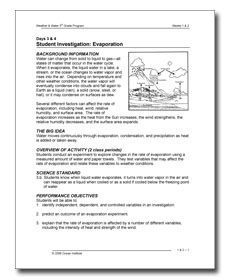



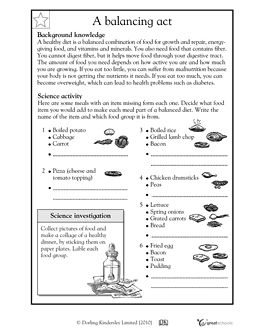
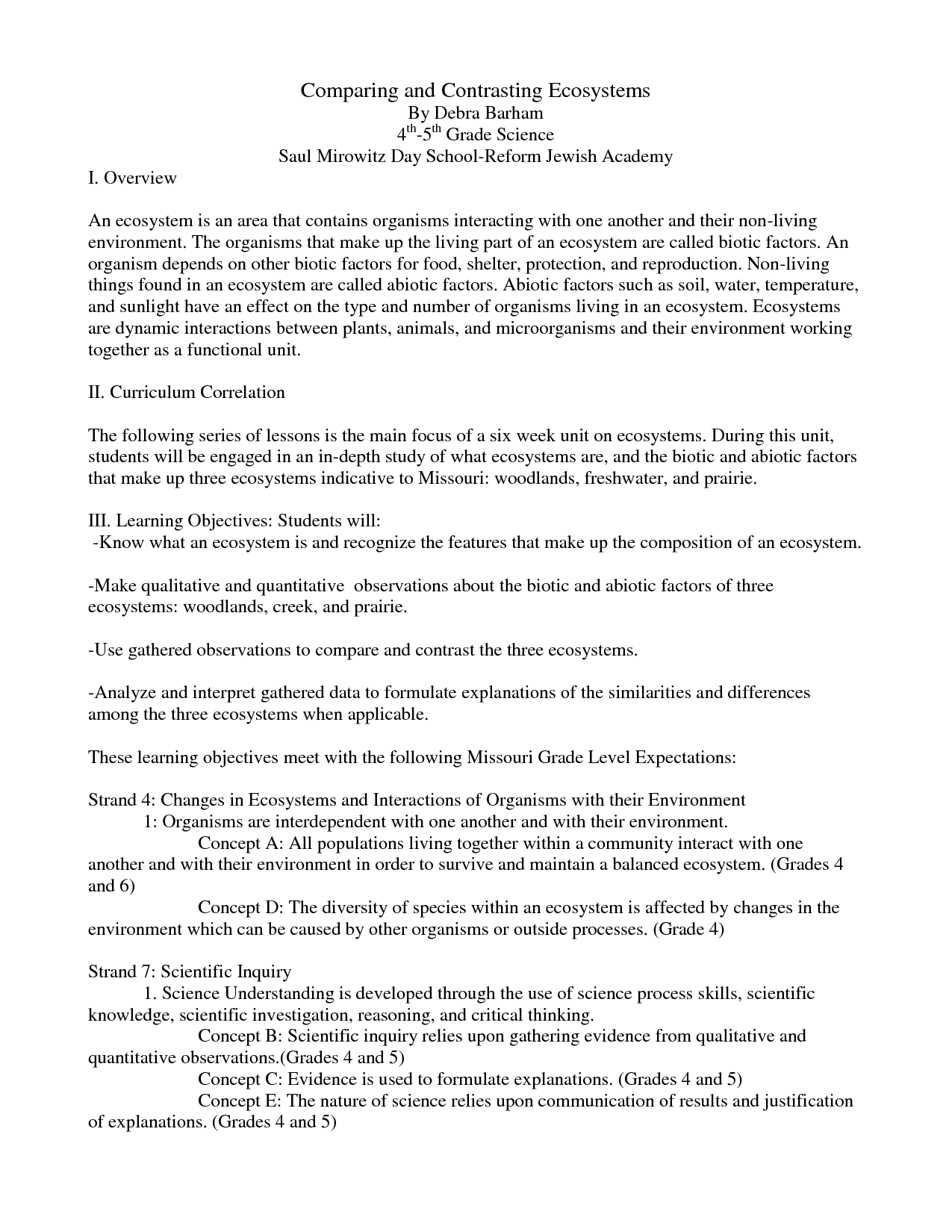
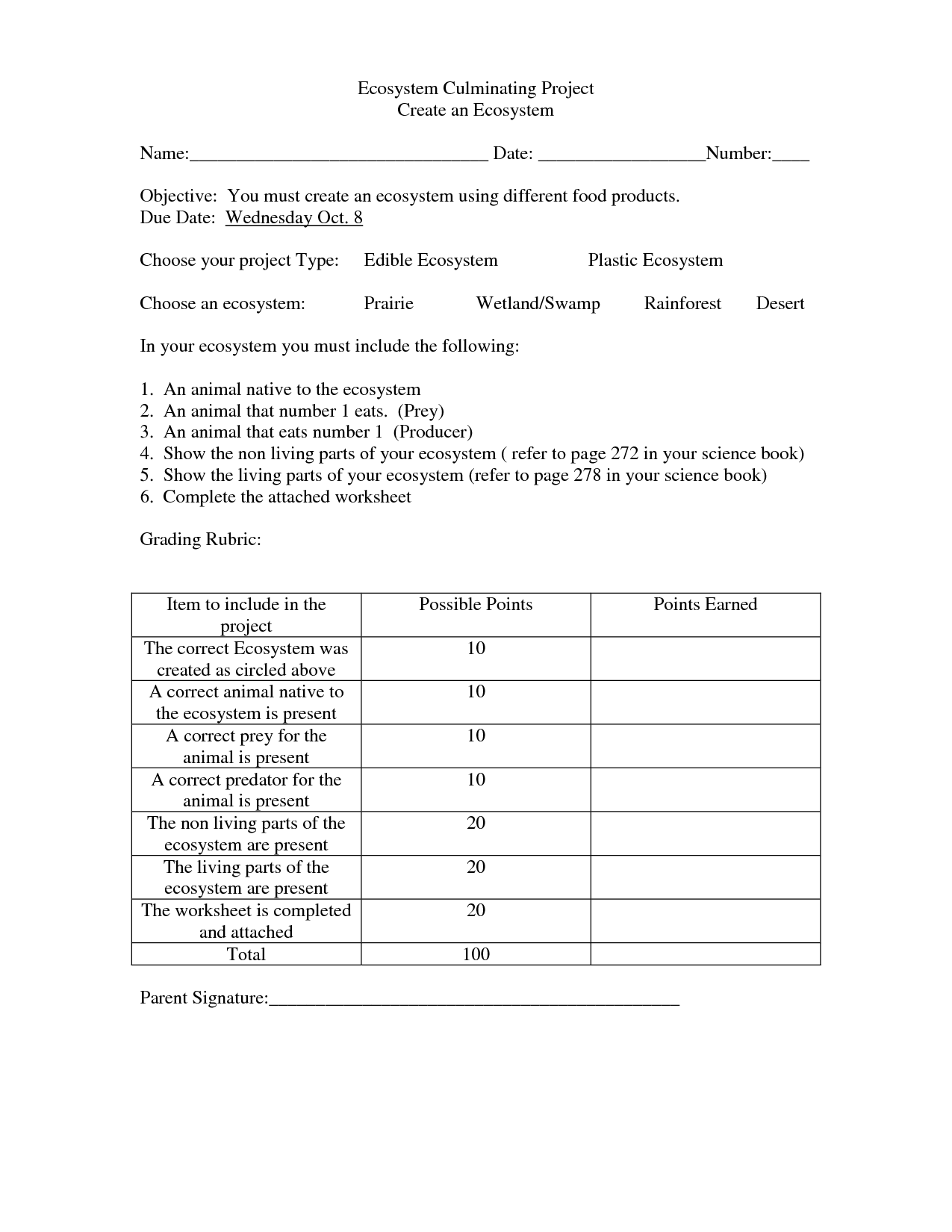
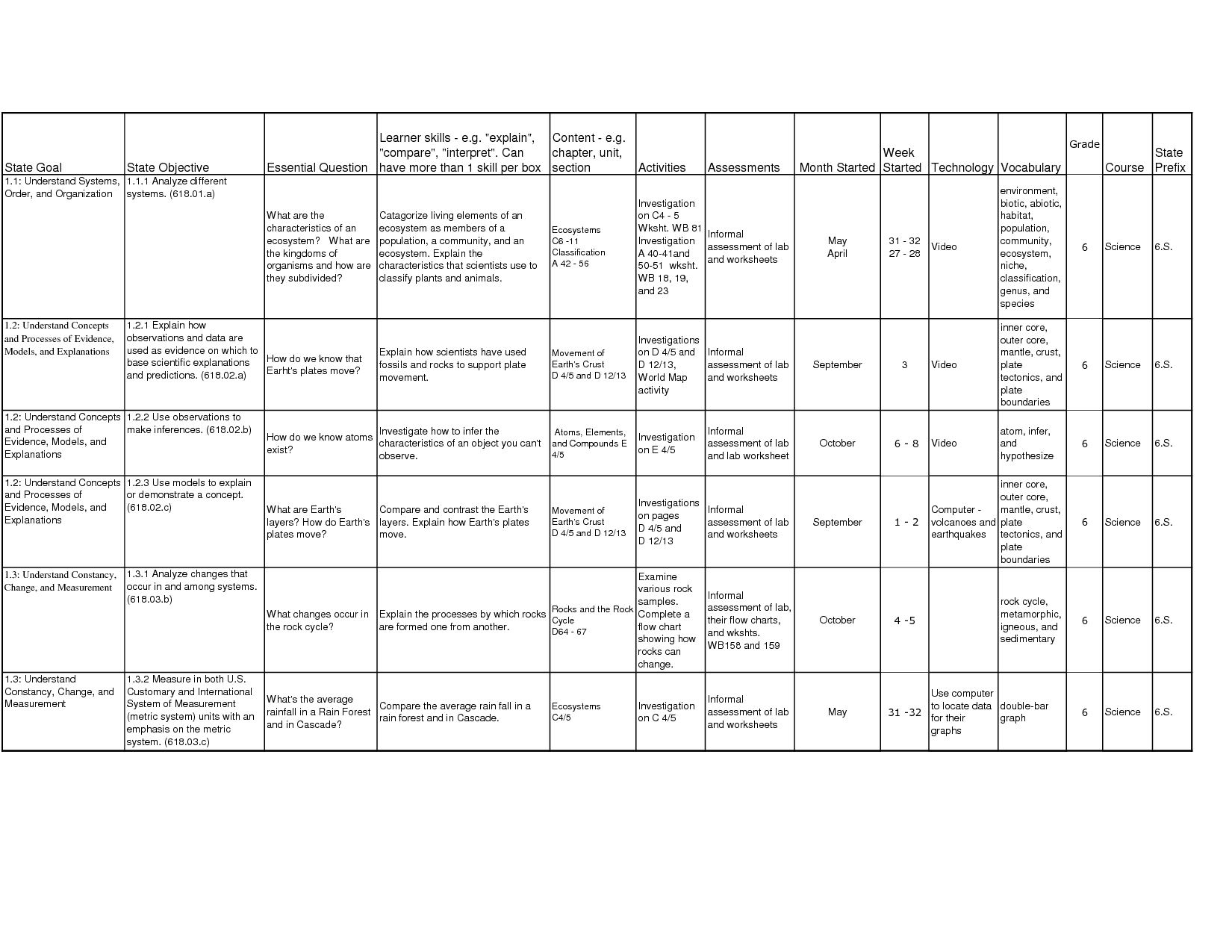
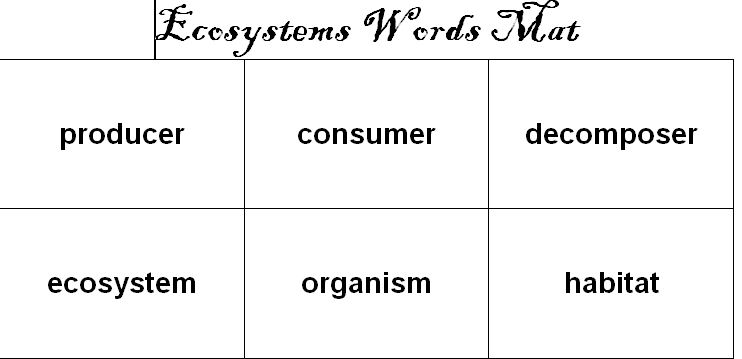
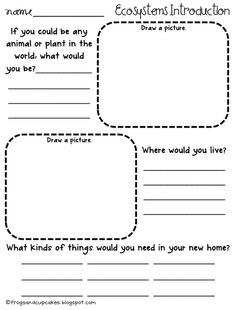
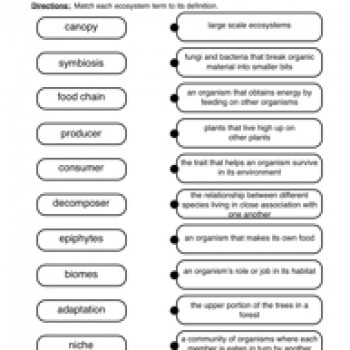
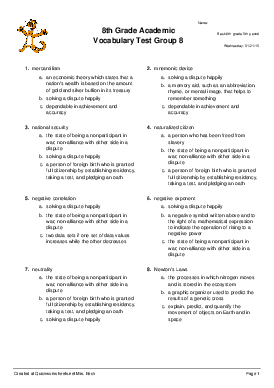
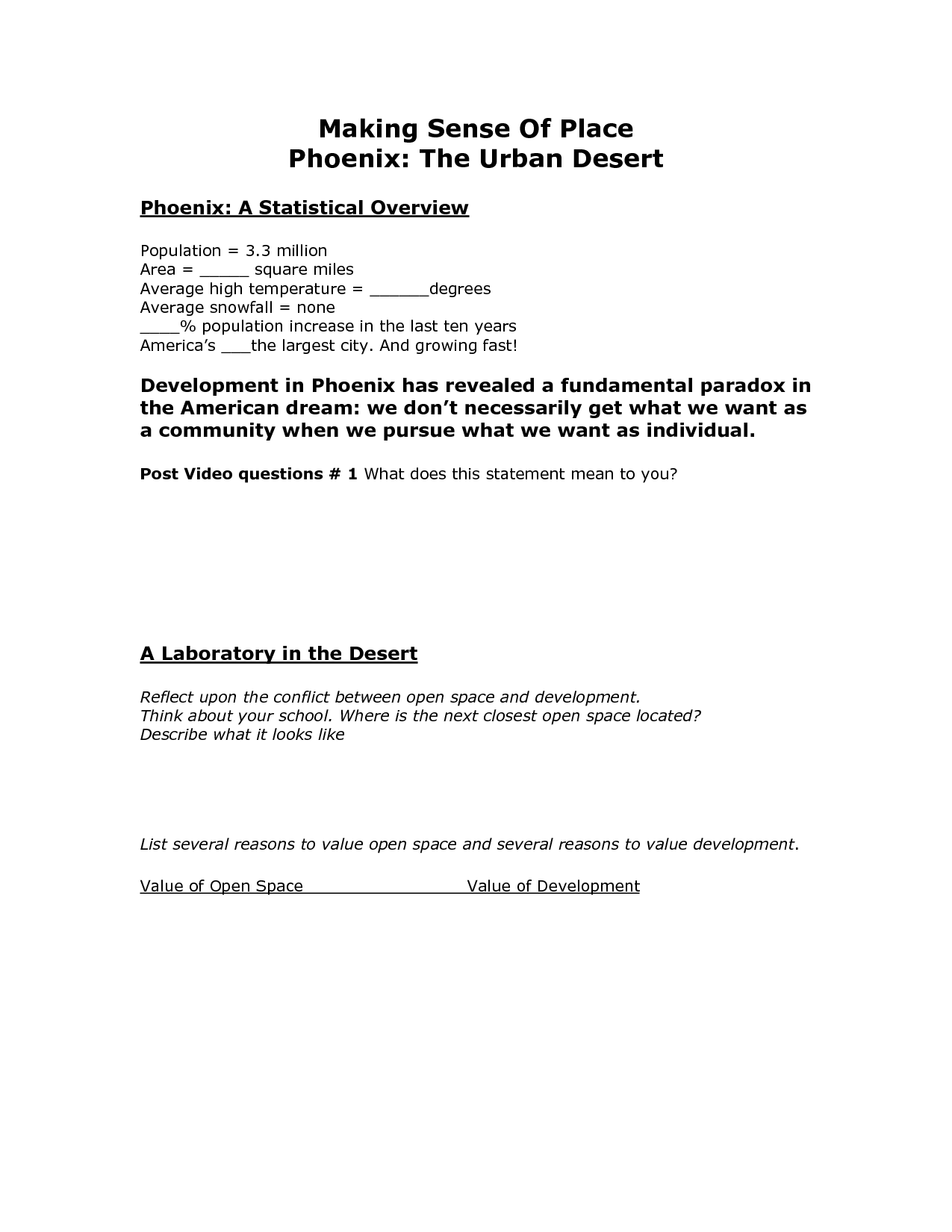
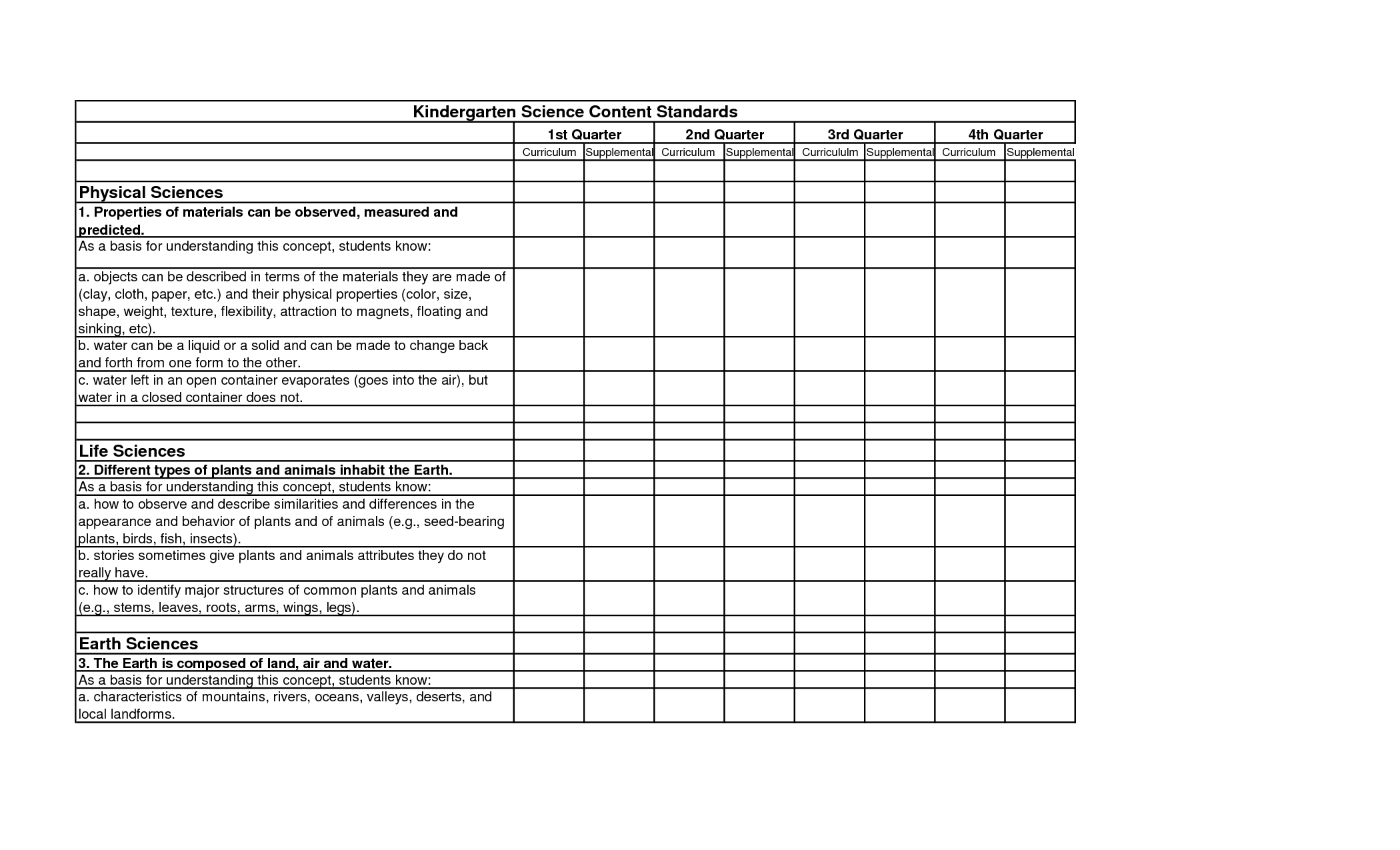
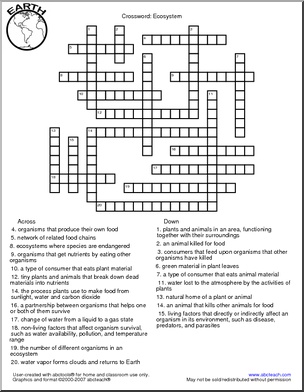








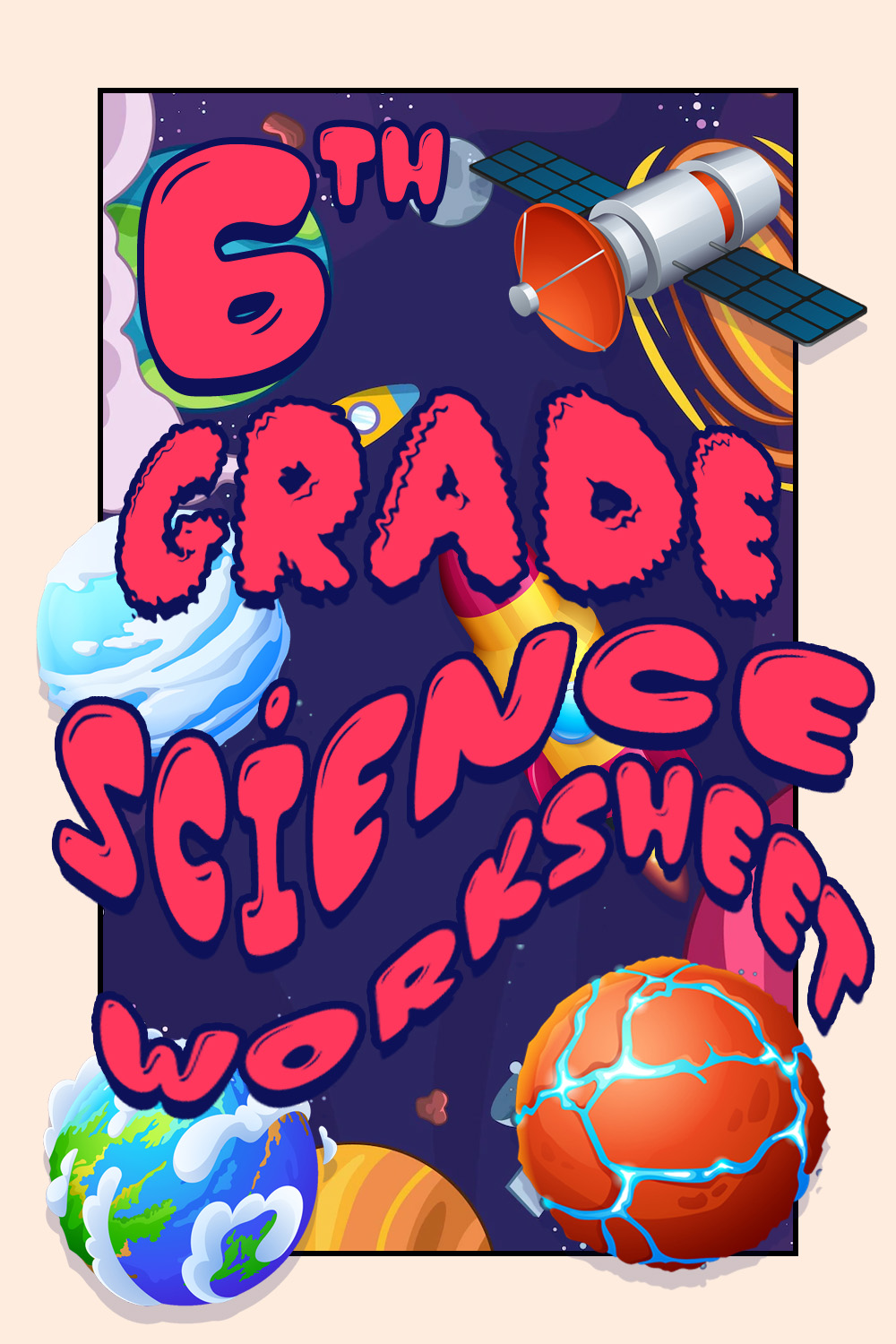
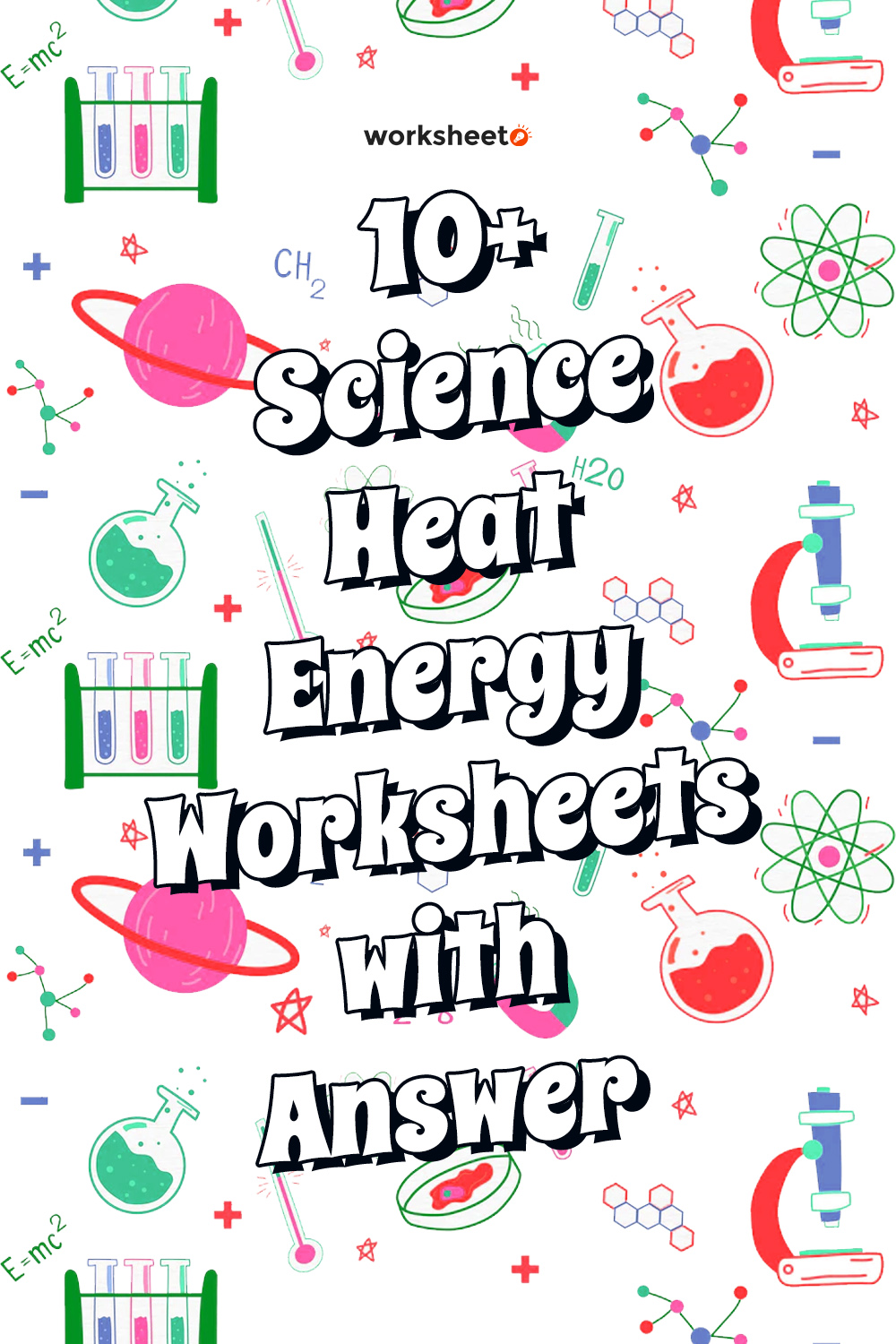
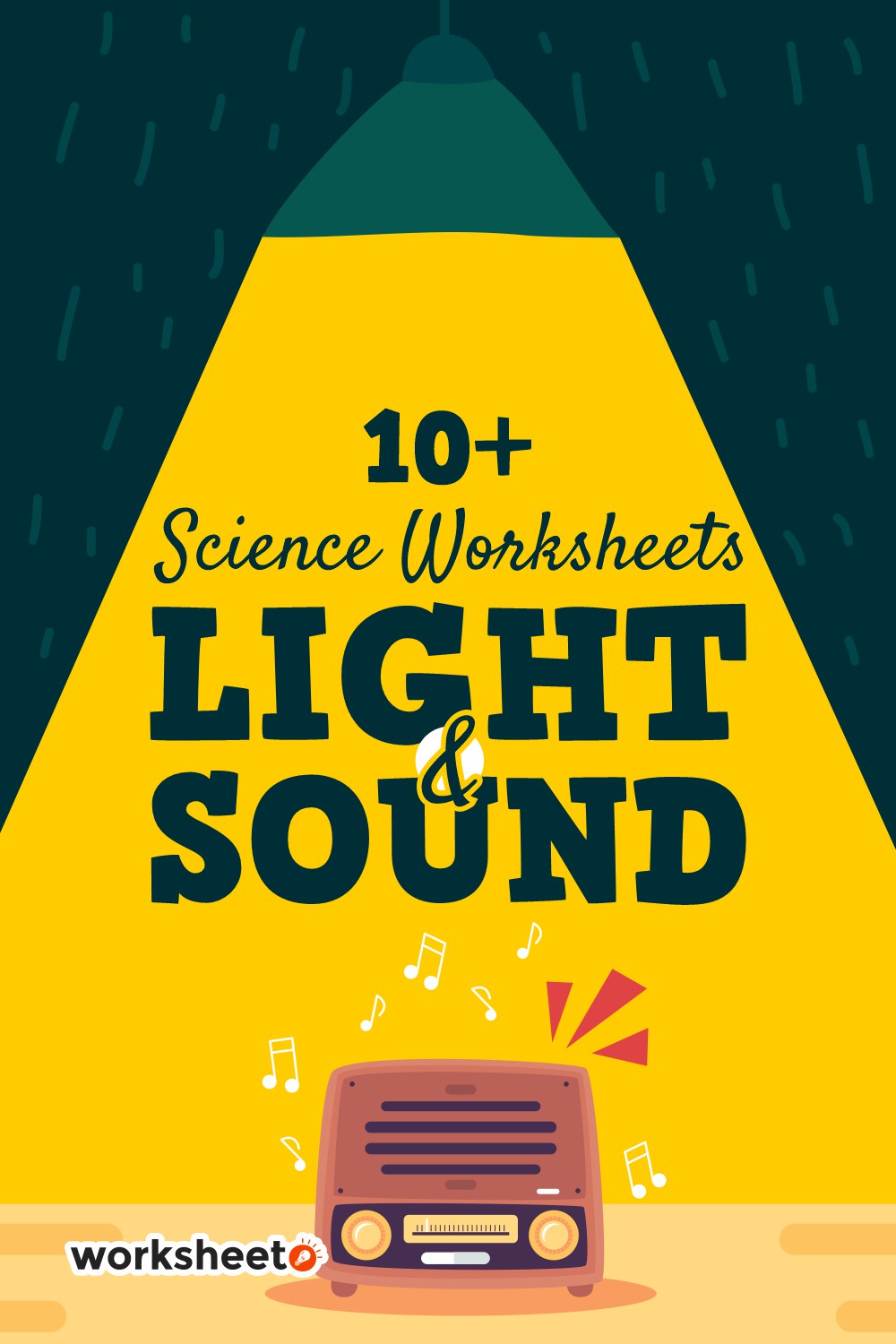
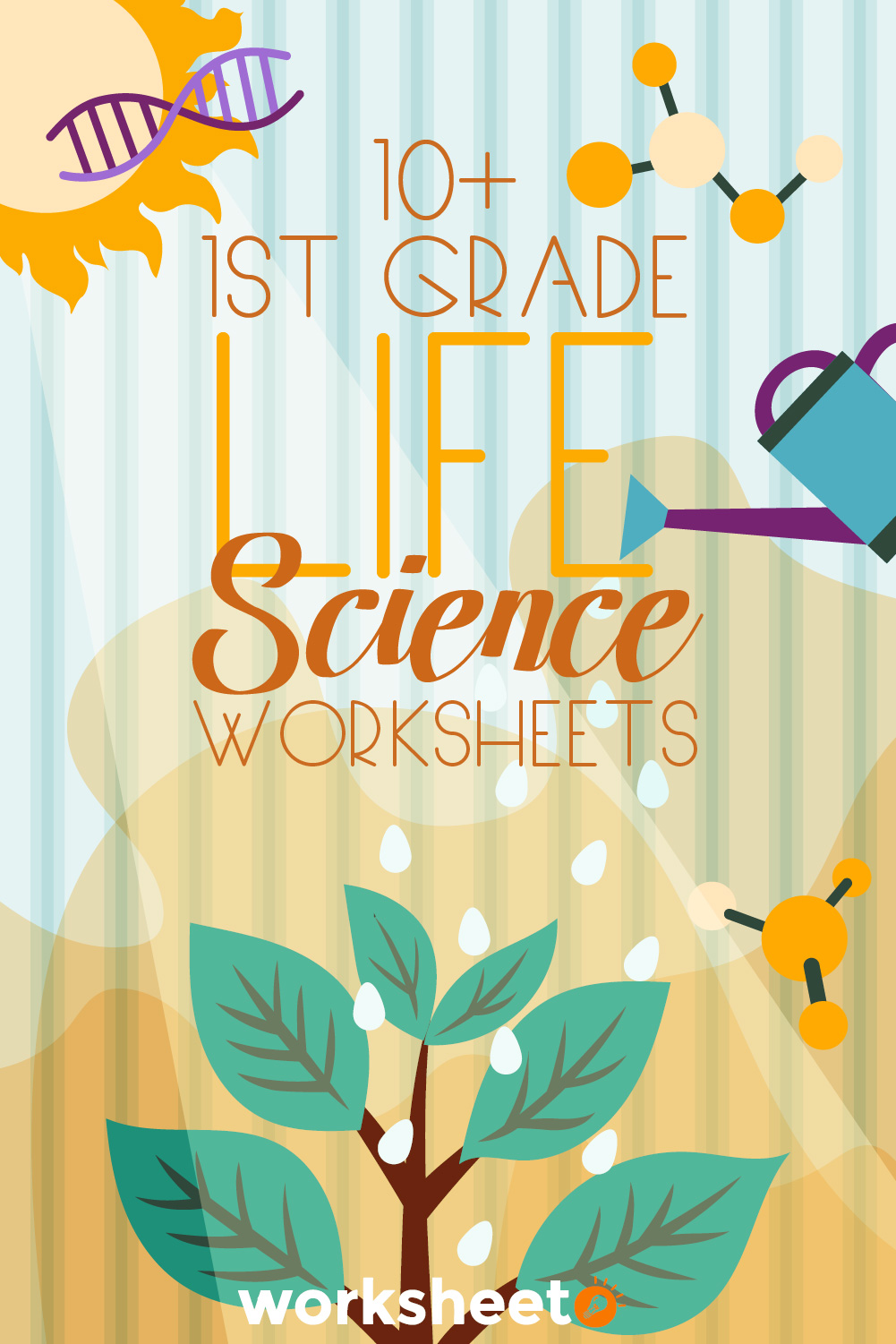
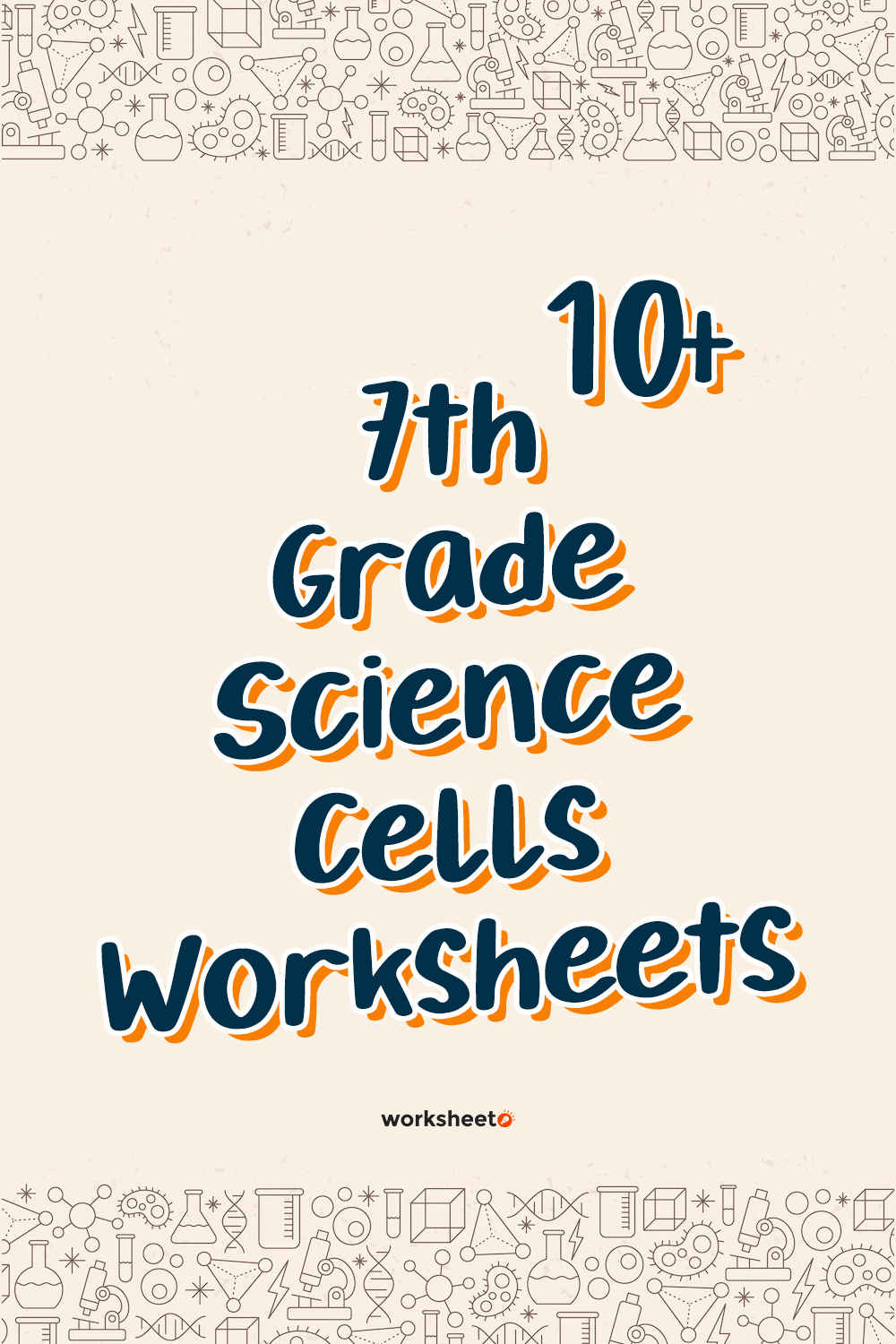
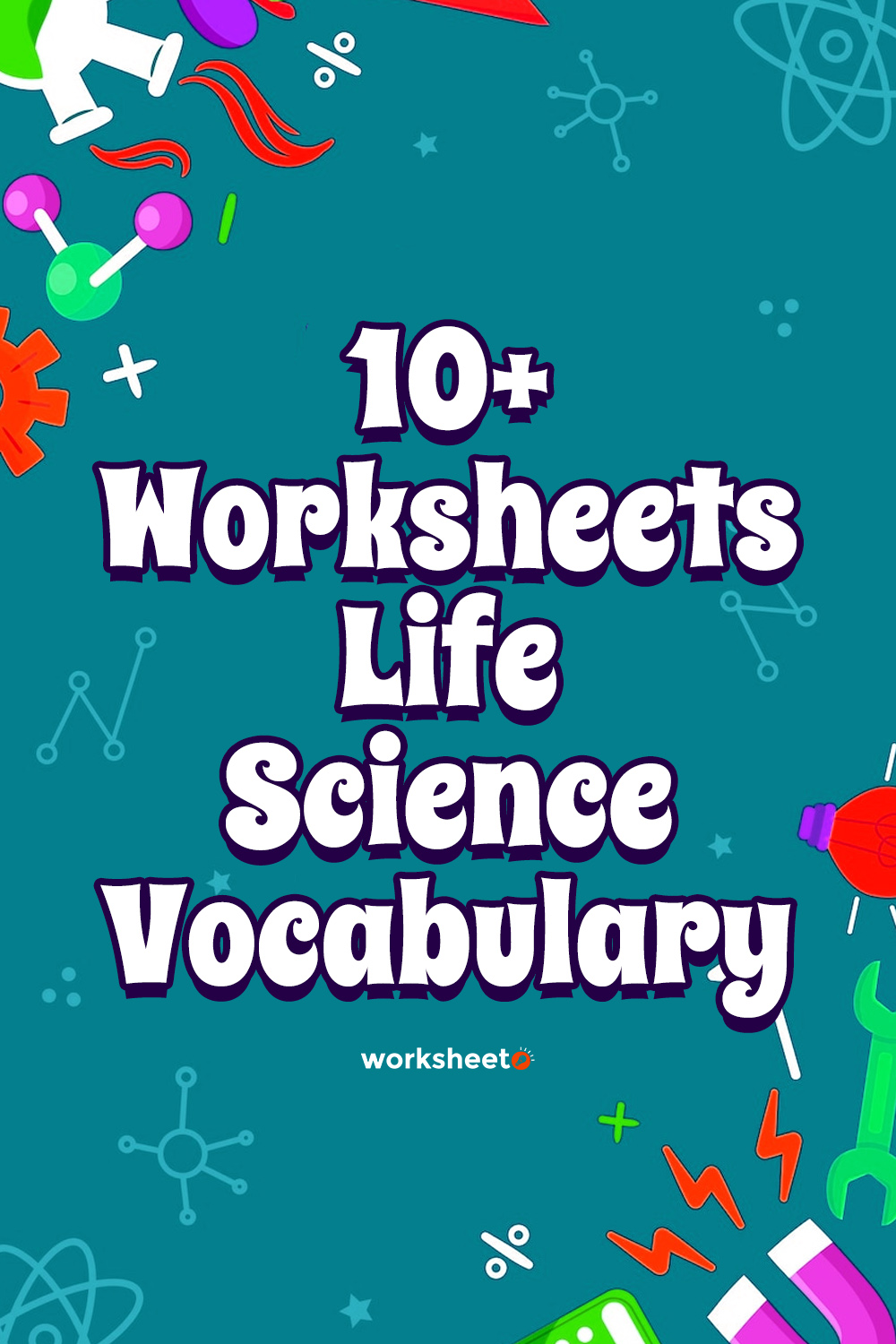
Comments